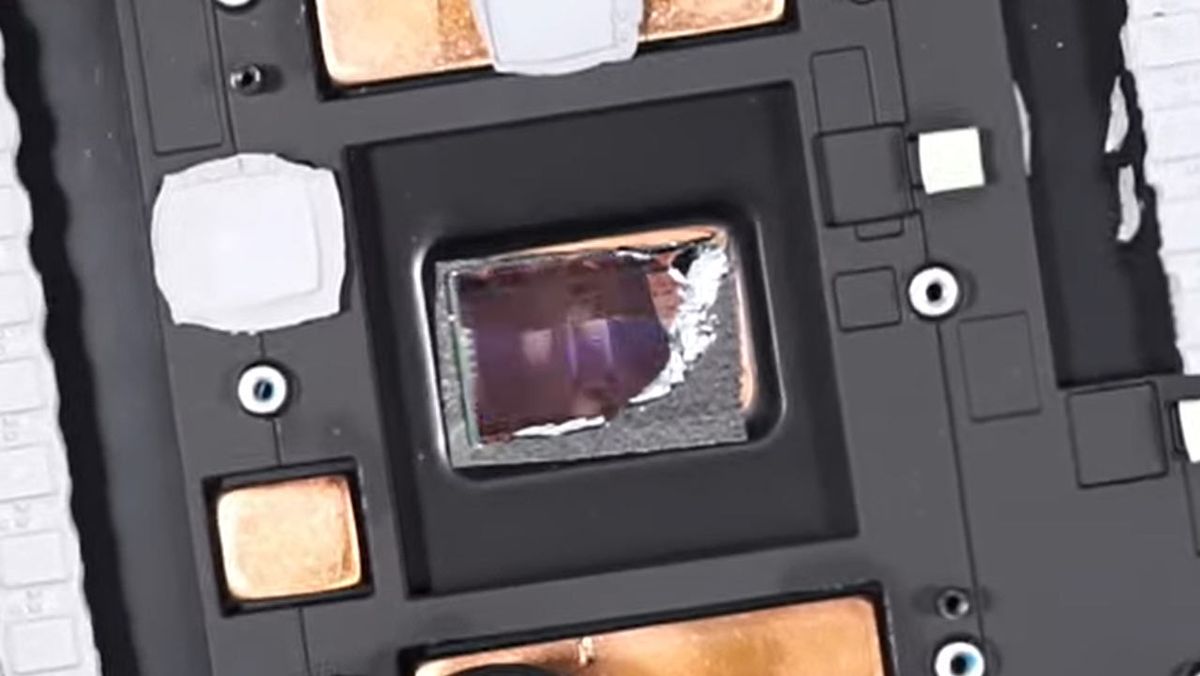The original tale is derived from a YouTube video from KrisFix, the eponymous channel of the German board-level repairer. In an update video today, KrisFix comes to a firm conclusion (starting 18 minutes in, video embedded above) about what exactly happened to the 61 cards that he received from various customers (note that it's not clear if these were all from one customer, multiple customers, or potentially 61 different individuals).
He reckons most if not all of the very new looking graphics cards that he received in his shop in recent weeks were bought by individual customers from a batch released by an ex-cryptominer. Perhaps there was a local eBay or Facebook Marketplace ad selling them cheap.
KirsFix explains that when he buys electronics that may have been stored in an unsatisfactory way, perhaps passing through widely variable climates in transit, he will open the items to let them acclimatize, fully dry, and settle at room temperature. These catastrophically damaged GPUs show that, even though they worked fine initially, the effects of humidity that had gotten deep into the products caused the silicon to crack during / after their first rigorous session under load.
In other words, these cards would have worked fine immediately after decommissioning from the crypto mines, but humid storage conditions “soaked” them, and without proper dehumidifying they were going to face problems.



